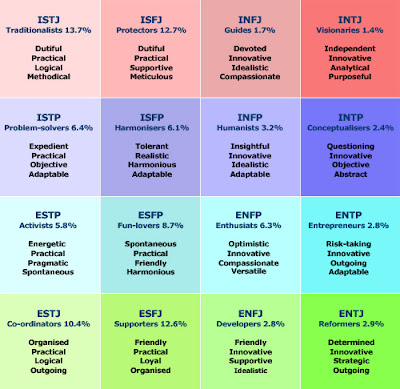leaps of abstraction: pattern unwisdom

Peter Senge et al published the classic The Fifth Discipline Field Book in 1994. A little section called Ladders of Influence was really helpful for me as I started to navigate the corporate world in the early 2000s, particularly as it related to the behaviour of executives. These days, as I think about pattern wisdom and the lens through which I make sense of the world, it serves as an ongoing warning reminder, that making leaps of abstraction, or what Senge et al refer to as 'going up ladders of inference' is a clear and present danger. The illustration from p243 makes sense of the idea: from The Fifth Discipline Field Book, Senge et al, p243 Here are a couple of examples from the book. These examples remind us that, making interpretations of patterns, especially when it comes to forming judgements about people is a fool's game. There is always so much more to a story than the observable 'facts'. When it comes to other people, the only patterns we have observabl...





